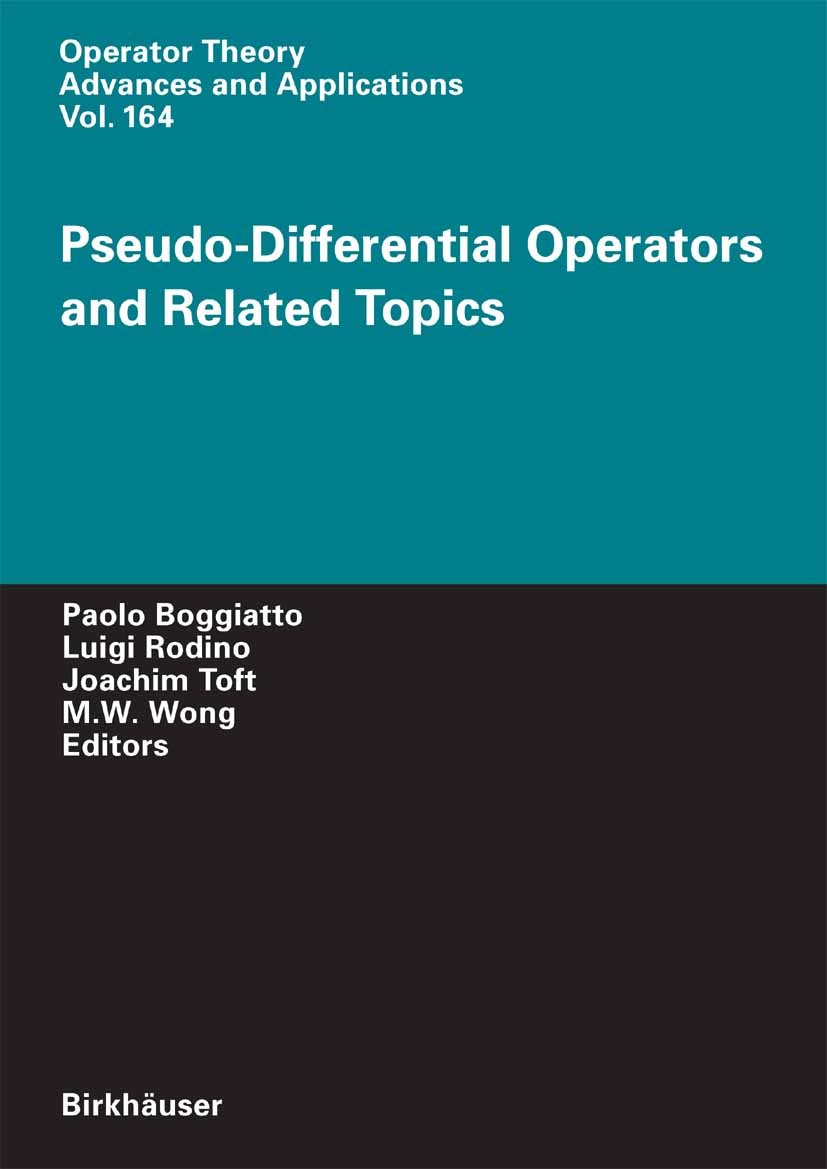| 书目名称 | Pseudo-Differential Operators and Related Topics |
| 编辑 | Paolo Boggiatto,Luigi Rodino,M. W. Wong |
| 视频video | http://file.papertrans.cn/763/762500/762500.mp4 |
| 概述 | Recent results on pseudo-differential operators are included.The role of pseudo-differential operators in analysis and mathematics is emphasized.Diversity of topics related to pseudo-differential oper |
| 丛书名称 | Operator Theory: Advances and Applications |
| 图书封面 |  |
| 描述 | This volume consists of sixteen peer-reviewed articles based on the invited talks at the International Conference on Pseudo-Differential Operators and Related Topics held at Växjö University in Sweden from June 22 to June 25, 2004. The objective is to look at pseudo-differential operators and related topics and to report recent advances in a broad spectrum of topics such as partial differential equations, quantization, Wigner transforms, Weyl transforms on Lie groups, mathematical physics, time-frequency analysis, frames, and stochastic processes. The book should be of great interest to graduate students and researchers in analysis, mathematical physics and mathematical sciences. It is a valuable complement to the volume "Advances in Pseudo-Differential Operators" published in the same series in 2004. |
| 出版日期 | Conference proceedings 2006 |
| 关键词 | Distribution; convolution; hyperbolic equation; integral equations; partial differential equation; partia |
| 版次 | 1 |
| doi | https://doi.org/10.1007/3-7643-7514-0 |
| isbn_ebook | 978-3-7643-7514-0Series ISSN 0255-0156 Series E-ISSN 2296-4878 |
| issn_series | 0255-0156 |
| copyright | Birkhäuser Basel 2006 |
 |Archiver|手机版|小黑屋|
派博传思国际
( 京公网安备110108008328)
GMT+8, 2025-11-22 05:29
|Archiver|手机版|小黑屋|
派博传思国际
( 京公网安备110108008328)
GMT+8, 2025-11-22 05:29


